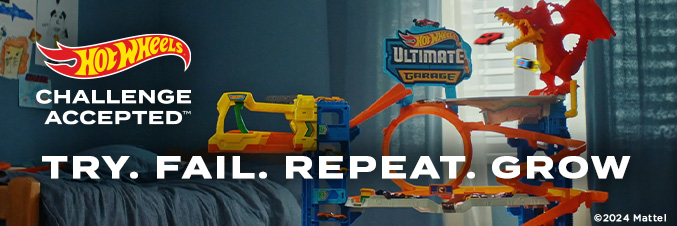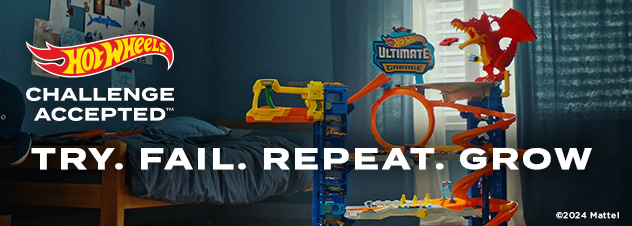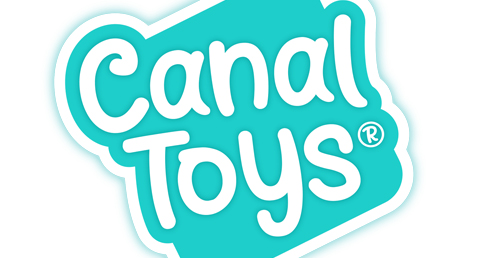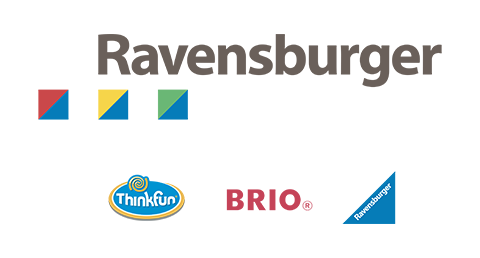We have entered retail results season here in the UK, and some of the big names have unveiled extremely healthy annual numbers over the past week – especially multiple retailers with a strong food element to their business. Tesco shares have jumped after it announced that last year’s sales rose 7% to £61.48b, and the retailer struck a confident, bullish tone in its reporting notes. Elsewhere, Home Bargains revealed that turnover increased 10.2% from £3.4bn to £3.7bn in the year to 30th June, while pre-tax profits rose 12.4%, up from £293m in 2022 to £332m. Thanks to the increase in sales and profits, the owners – the Morris family – will share dividends totalling £36m, up from £30.5m last year. TJ Morris also stated that the number of Home Bargains retail outlets is set to increase in the year ahead. The company currently operates 594 stores but its aiming to open between 800 and 1,000 retail outlets, which it expects to lead to further growth in turnover and profitability. Nice work.
However, there was a slight sting in the tail: over 2,000 jobs were lost at Home Bargains over the last financial year, as overall staff levels were reduced from 28,401 to 26,845. Now, I must confess to not being overly familiar with staffing and service levels at Home Bargains, living in an area not yet penetrated by the retailer (given there were several large Wilko stores close by before the chain closed, maybe this is one of the areas in which it is looking to expand its store estate?) – but one has to hope that as retail starts to pick up again, it will strive to get the right balance between profit for the owners and staffing levels.
One thing which might help all retailers – large and small, food and non-food – is a reform of business rates system. The Labour Party announced this week that if it wins the next election, it will “fix” the business rates system, replacing it with a new, fairer system of business property taxation with the aim of “rebalancing the burden and levelling the playing field.” The aspiration is sound: the devil, of course, is in the detail. What are the mechanics of the proposal? And how quickly can the current system be overhauled or replaced? Some of us are old enough to remember the Poll Tax being described in a similar way, and we all know how that turned out (although I’m not sure we’ll see retailers rioting in quite the same way).
Naturally, this is all completely dependent on Labour winning an election – not by any means a foregone conclusion, despite the current government’s continuing nightmare in the polls – and how long we have to wait for that election in the first place. But if we do somehow end up with a system that is in Labour’s words “fit for the 21st century”, it will be an important step in revitalising Hight Streets the length and breadth of the UK and Ireland. Retail is not just one of the country’s largest sources of employment, but it is at the very heart of the health of town centres; the rundown state of many small, provincial towns has been greatly exacerbated by the challenges that retailers have faced. I am sure we’ve all visited towns that have changed beyond recognition in the past decade or so.
The UK is not alone in that respect – we’ve seen upheaval in the Spanish toy retail market in recent weeks, with the closure of the already depleted Imaginarium chain and the uncertainty surrounding the future of the Poly Group. And while I appreciate I am sounding a bit like a pound shop Mary Portas, I do want to see brick and mortar retail thrive, and high streets becoming a pleasurable place to visit again. How we reconcile that with a modern digital economy where many of the large platforms and online sellers are based outside the UK for tax purposes, and therefore are arguably not contributing their fair share or subject to a level playing field is a conundrum for far greater economic minds than mine. But I do hope we find ourselves with a government – of whatever stripe – which is prepared to tackle this head on. Retailers are a resourceful bunch, and I still feel the “nation of shopkeepers” expression is one we should wear with pride. But if we still want to lay claim to that, we have to start by addressing the elephant in the room – the balance of burden between physical and digital retail. Coming up in our May issue, we spoke to many toy suppliers who were quick to champion the indie sector in helping drive their businesses, showing just how vital it is to our High Streets.
I love the fact that one of our most read stories of the past week was about the social gathering of a group of Scottish toy trade reps and agents which took place in Glasgow last week. It’s a lovely idea, and one that maybe some of their UK and Ireland counterparts may decide to replicate. And it shows the warmth and camaraderie that these people built up over the years. Wouldn’t it be great to think there will be gatherings like that in ten or twenty years’ time? That will be totally dependent on what happens to retail in the coming years – I’m not sure I can see the people who punch numbers into algorithms ever deciding to get together to swap stories and reminisce about the time something funny happened in the course of their daily travails.
I don’t know if it still exists in some form, but there used to be a clandestine toy trade group called “The Toy Soldiers”, which basically consisted of a the leading sales directors from major toy companies, who would get together ‘informally’ to chew the cud and discuss the hot topics of the day that affected the UK toy market, and what could be done to address some of the challenges (and yes, that is called a cartel these days, but those were simpler times). If the idea was ever to be resurrected, I guess it would need a new name – perhaps the Cyber Warriors would be more applicable in the 21st century?













